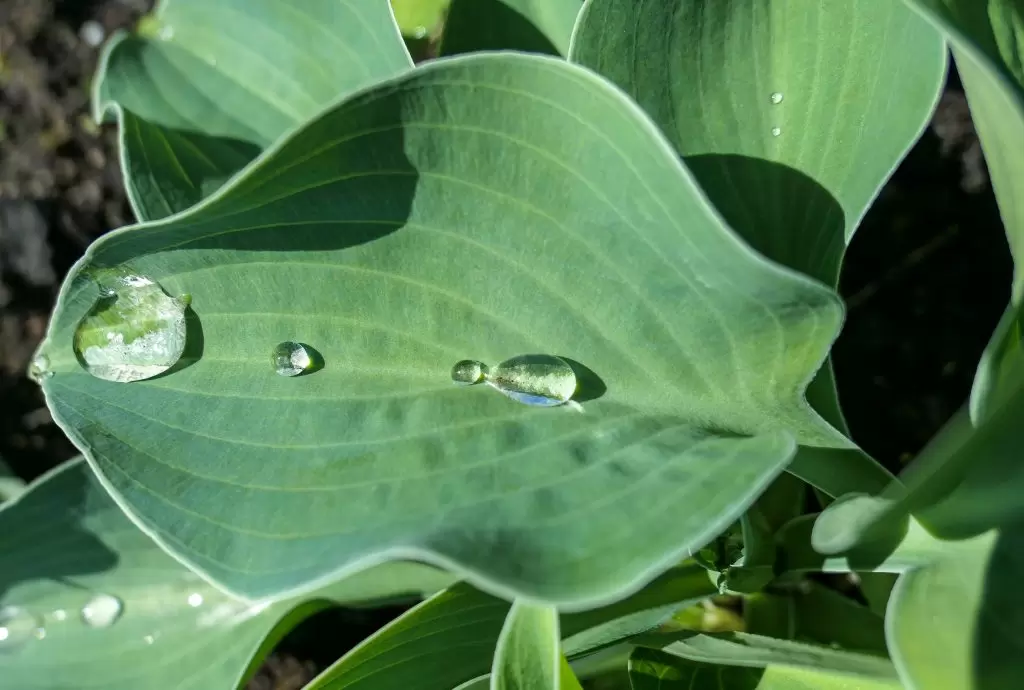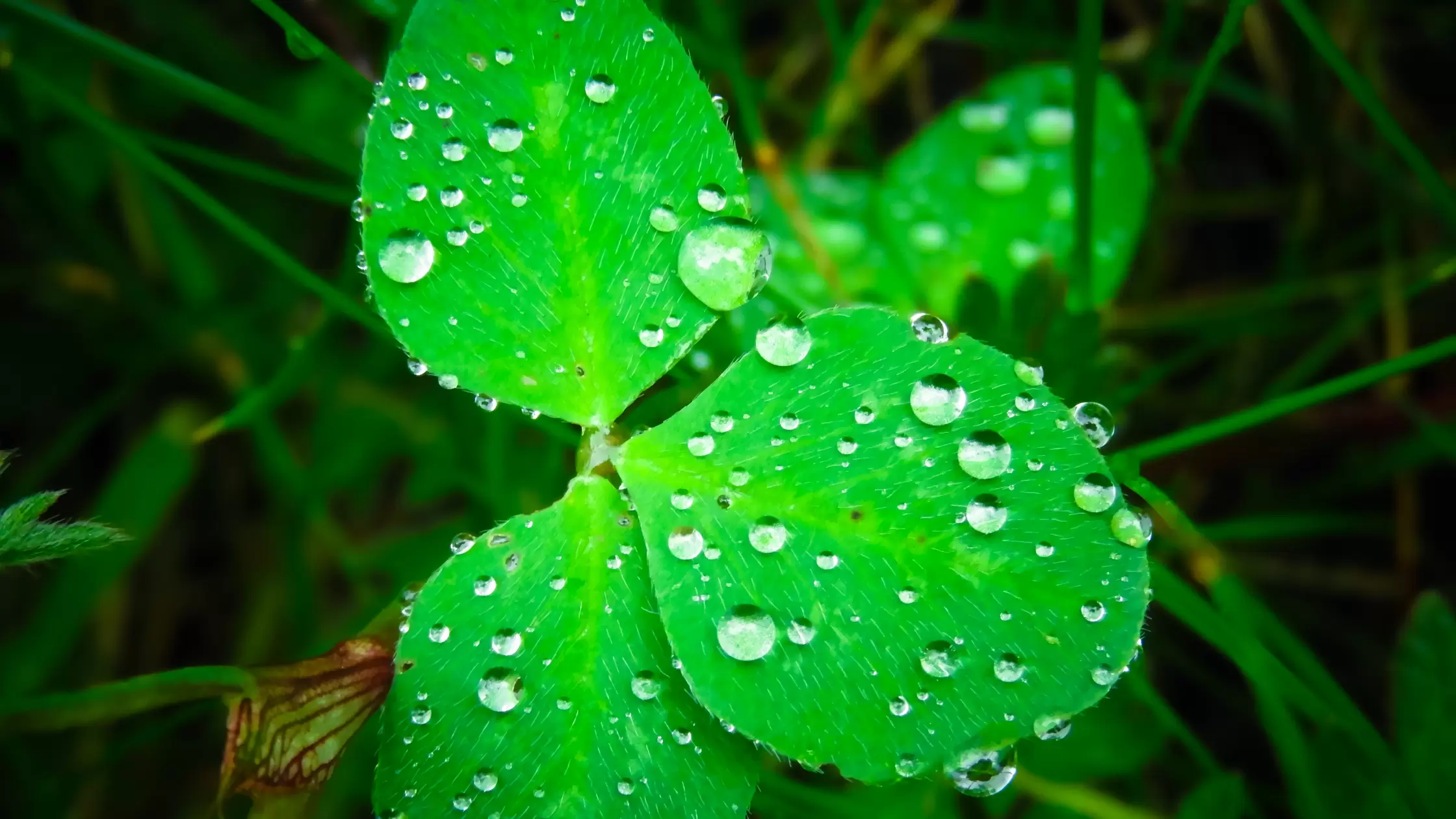Superhydrophobicity was first observed on the lotus leaf and other plants, where their leaves do not get wet. The main reason for this phenomenon is the lotus leaf’s unique surface structure and low surface energy material on its surface.

Regardless of the contamination present in its environment, the surface of the lotus leaf is always clean. This leaf possesses a unique surface structure coated with wax, exhibiting superhydrophobic properties. The sliding angle is low, allowing water to slide easily on the leaf’s surface and removing contaminants.
A droplet of water will roll off and around a superhydrophobic surface. As the droplet rolls, dust sticks to it, keeping the surface dry and cleaning itself when it rains, similar to a lotus leaf.
Nasiol SHBC, Superhydrophobic Coating
Nasiol SHBC, our superhydrophobic coating, was developed with inspiration from nature. It is a two-part coating that can be applied to various surfaces, rendering them resistant to common liquids and stains. The coating also imparts easy-to-clean properties thanks to its superhydrophobic and oleophobic characteristics.
A solid surface is classified as superhydrophobic when the contact angle of a water droplet is equal to or greater than 150 degrees and the sliding angle is less than 5 degrees.
In recent years, superhydrophobic coatings have been proposed as anti-icing coatings. Due to the easy sliding of water droplets on superhydrophobic surfaces, there is insufficient time for the droplets to freeze, thereby reducing the adverse effects of frost on surfaces. Each year, ice storms cause damage to equipment such as electrical transmission equipment, communication systems, aerospace facilities, highways, and more. To mitigate these impacts, various methods have been developed, including local warming and preventing ice formation through chemical activity and additives. However, these systems have certain practical limitations. On the other hand, utilizing the superhydrophobicity phenomenon to prevent ice formation on surfaces offers practicality in most cases without requiring special requirements and devices.

A Breakthrough Solution for Corrosion Prevention and Beyond
There are several methods available for preventing corrosion on surfaces. Over the past two decades, scientists have employed non-toxic superhydrophobic nanocomposite coatings to protect various surfaces from decay. The corrosion protection capability of these coatings primarily relies on air pockets between the surface and the corrosive solution. These pockets act as a barrier, preventing the diffusion of corrosive ions and protecting the substrate.
The practical applications of superhydrophobicity are vast and diverse. Industries ranging from architecture and automotive to aerospace and marine have recognized the value of superhydrophobic coatings in reducing maintenance efforts, improving performance, and extending the lifespan of various materials and structures. By simulating the water-repellent mechanisms observed in nature, scientists are unlocking new avenues for innovation and sustainability.
As research in this field progresses, further advancements in materials, fabrication techniques, and applications are expected. Superhydrophobicity has the potential to revolutionize numerous industries, offering solutions to longstanding challenges such as cleaning, ice formation, and corrosion protection.
With ongoing efforts and interdisciplinary collaborations, we can harness the full potential of superhydrophobicity, bringing us closer to a future where surfaces and materials interact with water in extraordinary ways. The journey towards unlocking the full potential of superhydrophobicity continues, promising exciting developments and transformative impacts in various sectors of our society.
For further reading on nanocoatings, you might find our previous articles useful, please check them out:
Fluorocarbon and Nanotechnology
Working Principles of Nanocoatings
